Inclusivity, Community, and LOVE for ALL: MY reflections on iFLT18
iFLT is such a powerful conference. It is rare we can gather SO many of us with similar feelings toward language acquisition and theory in once place at one time. This will be the first of two reflection blogs I will write.
This year, I only had the opportunity to attend one session (Sabrina’s PHENOMENAL presentation on Star of the Week) because I was teaching my learning lab until 12 each day and then presenting from 1-4. For me, it is always (obviously) INCREDIBLY nerve wracking to have people sitting in the back of my classroom, scrutinizing my every teacher move. Literally, watching every single move I make, furiously taking notes or filming the whole entire time. However, it is also, SO informative for me to hear WHAT people really noticed, observed, and took away during the debrief time. For me, the debrief is the most powerful 30 minutes of the day. (Though usually I was stuffing my face with some sort of snack and sitting just listening to what people had to say).
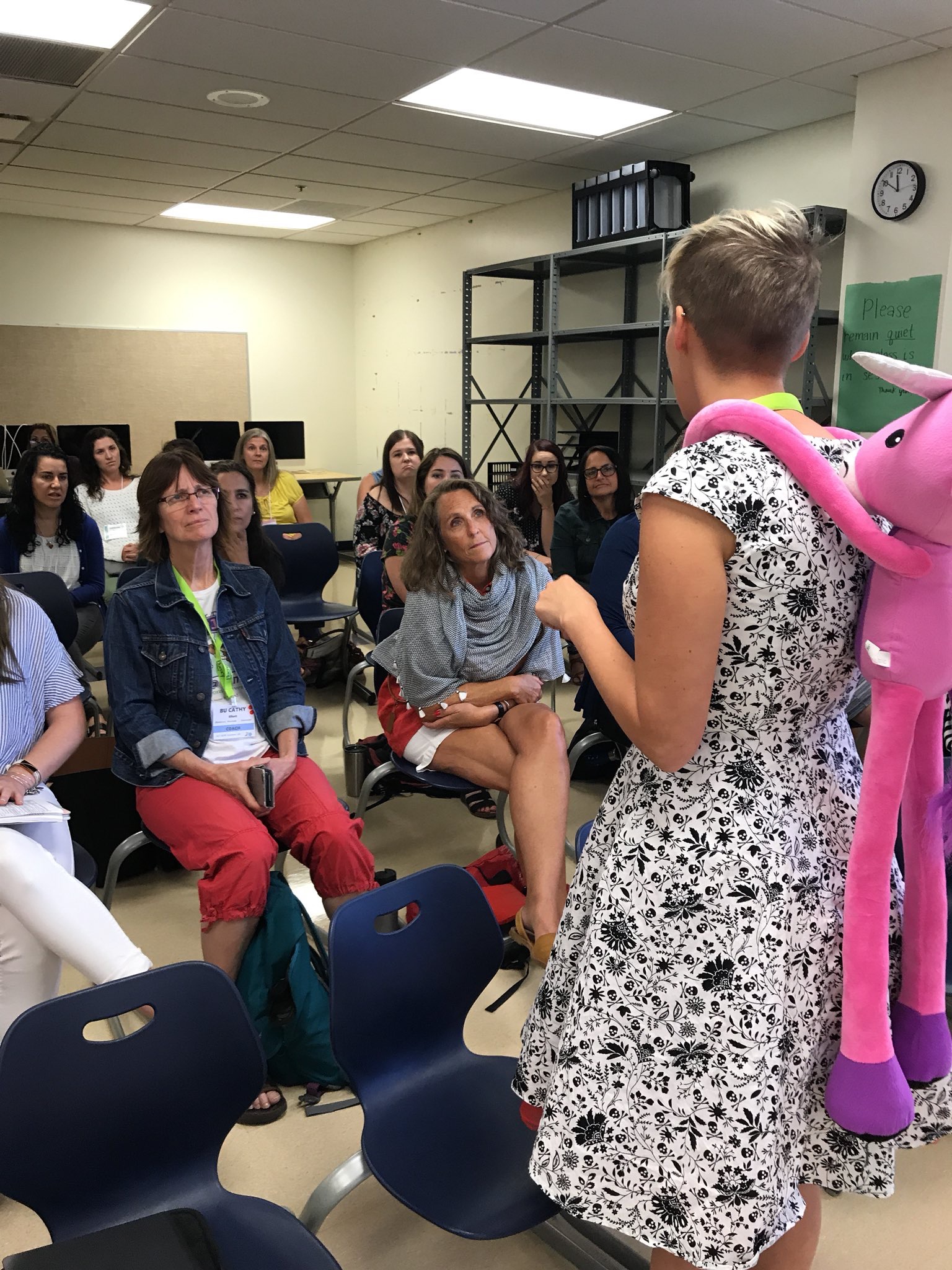
At the beginning of the debrief, I would ask that we spend 15-20 minutes of time just making observations about ways teachers saw me “keep it comprehensible” and ways they saw me making a concerted effort to create and foster a community where EACH and EVERY student felt included, and loved for who THEY are. Each day, people’s observations were incredible, sometimes pointing out things that I think I’ve probably done forever, but I’ve never had anyone specifically point out before. This time was also powerful because it allowed for teachers who observed the first half of the morning to listen and inform the 2nd half of the morning lab participants and visa versa. Since I can’t write an incredible reflection on my time at iFLT since I spent most of the time teaching or presenting, I CAN share with you the observations people had while sitting in my room with my little babies that I had the opportunity to teach for 4 short days.
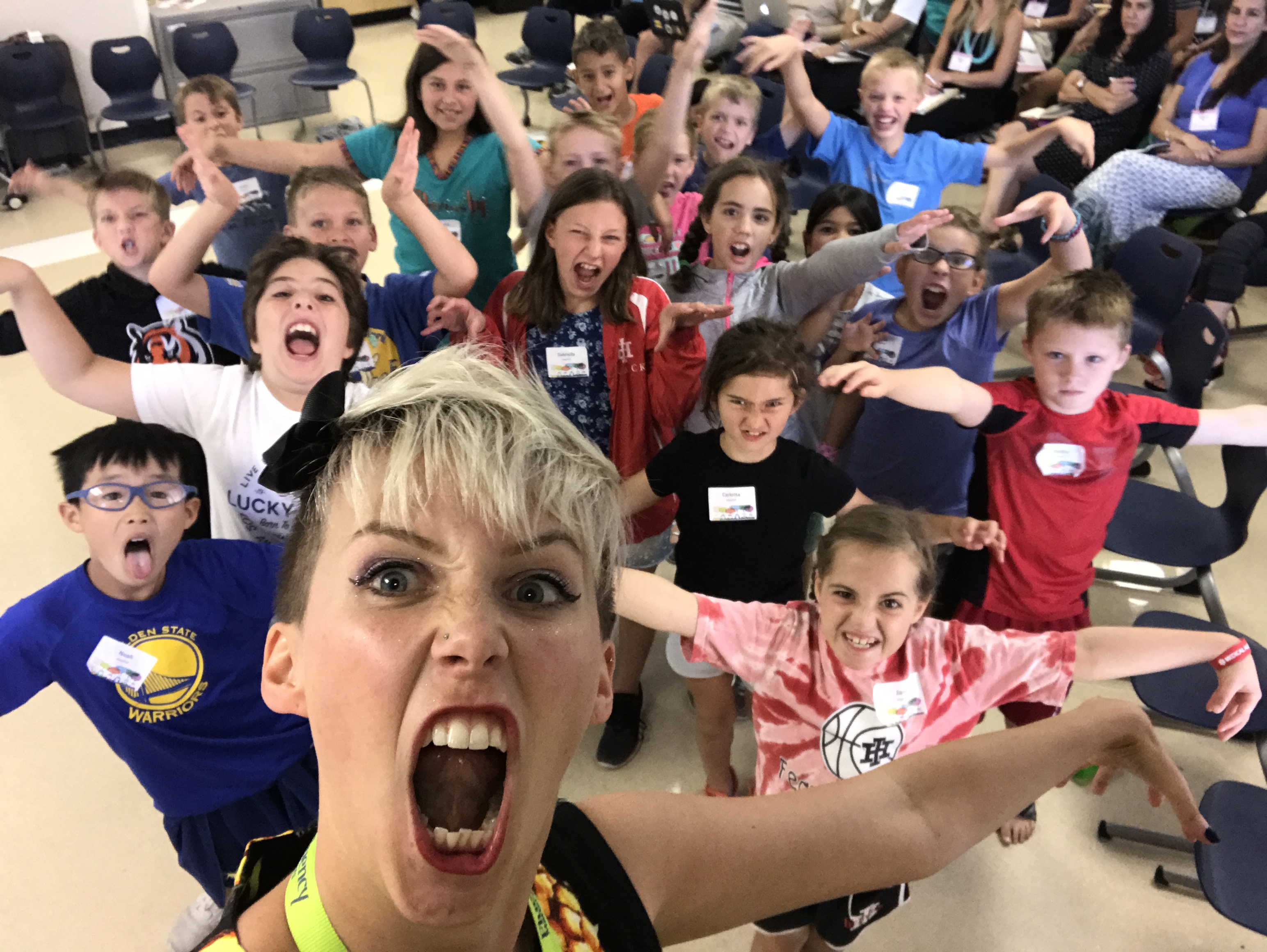
The first thing I noticed, EVERY day, was that the focus of the 20 minutes was easily 90% on the ways I fostered community and showed every student they were a valued member of that community. The reason this was so important to me, was that it is what I work hardest for. I truly believe that once you have a safe, fun, happy, place where EVERYONE is cared about, the ability for us as teachers to focus on keeping the input comprehensible is SO much easier. First, I have to focus on my relationships with the kids and their relationships with each other! Having said that I will first focus on the ways people said I kept it comprehensible during my lab.
Keeping it Comprehensible:
Pointing and Pausing: I don’t ever think I do this enough so it was nice to hear that people saw it. As I spoke to the students, using the new “target” structures for the day, I made a concerted effort to touch them after gesturing each time. People remarked that I pointed and paused MOST with the question words. This is one of the reasons my word walls are always within reach so that I can PHYSICALLY reach out and touch them. My question words are high, so when I pause and point to those, I always pause an extra second so that students can figure out WHICH word I am pointing to.
Counting for thinking time: There is SO much value in this. My greatest weakness as a CI teacher is going slow. Blair just wrote an incredible blog on the power of going slow, as she was mentored under Paul Kirschling last week at iFLT. He and Linda Li are MASTERS of slow. His personality is so chill and laid back. He is one of the few people in my life that can SLOW me down just by being in his presence. My nature is to be fast. I am excitable and bouncy and all over the place. It has taken YEARS of practice to slow myself down to be comprehensible and I am STILL working on going even slower, not just with my speech but in ALL aspects of my class. One of the things I do to BALANCE my speed and REMIND me to slow down is when I do comprehension checks and ask for translation, or when I ask a question, I always close my eyes (this puts less pressure on the kiddos) and count to 3 in the TL while holding up my fingers in the air. On 3 all the kids answer in unison. The power of this is it really allows the slow processors time to THINK about how they want to answer, and it forces the fast processors to just take a second and breathe. We want everyone to feel like they CAN answer, and not shut down because the same 5 people always answer quickly.
Repeating the question: The other thing I do, that goes with the counting, is when I ask a more complicated question, I will ask it 3-4 times in a row, while NOT really looking at the kids but almost “pondering” it myself. During this time, out my peripheral, I see more and more student’s hands shooting up in the air to answer. When I see the majority of the class has their hands up, I gesture to them indicating that EVERYONE will answer, ask the question once more, then count 1-2-3, and MORE students answer because I’ve taken the time to empower them with my repetition.
Gesturing for the Past Tense: Teachers LOVED hearing that I was using the past tense from day one. I even used the subjunctive and past subjunctive this week. The kids didn’t even notice. Every single time I spoke in the past though, I gestured the structure and then through my thumb behind me to indicate I was speaking in the past. When STUDENTS did the gestures, they did the same. If they heard the past, they gestured it.
High interest images: Throughout our reading, I put up high interest images to engage the kiddos. I made it a point on my first day with them, to take photos of them in class so I could use them when I retold facts we learned from PQA. This jogged their memory and I combined the photos with gifs, which was HIGHLY engaging.
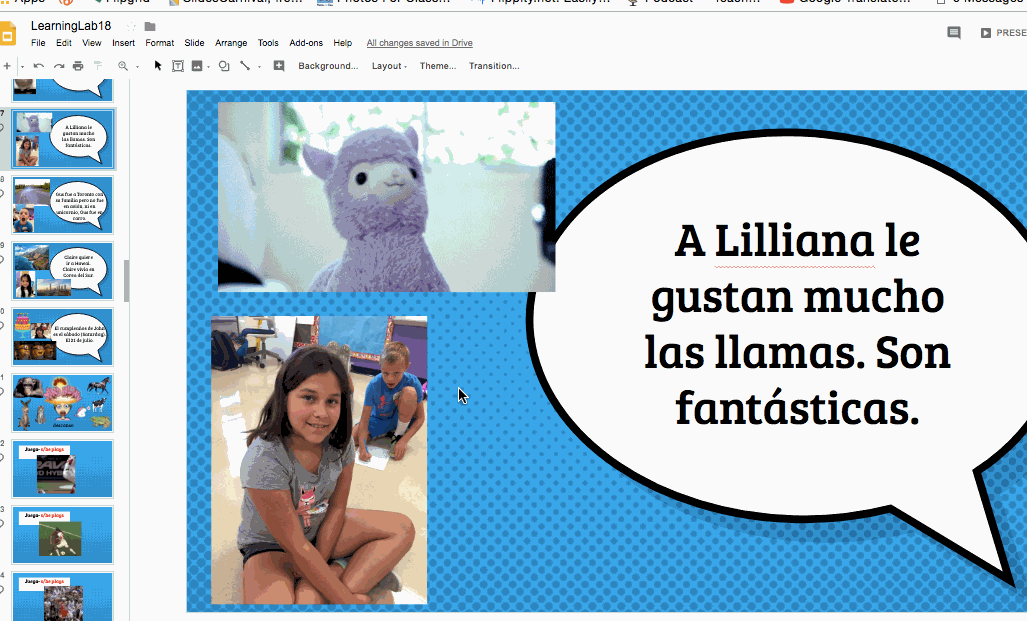
Word walls and PLACEMENT of structures vs. Out of Bounds words: The group of kiddos I had were of VARIOUS levels (but all of our real classes are like that aren’t they??) About 80 percent of them had already acquired the highest frequency structures in Spanish (has, wants, goes, sees, likes, plays, runs, walks, eats, etc.) and my job this week was reviewing those and exposing them to some more. While keeping in mind that four of the kiddos were brand new… (pretty much) Each time I introduced a “structure”, whether it was review or not, I wrote it up on our movable white board. that was to the right of our screen with the images. At the end of each day, I transferred those structures, to a piece of paper that was hung to the left of the screen. Any time an out of bounds vocabulary word came up (room, bed, victim, slime) I wrote those on its OWN sheet to the left of the board. I only allowed myself 2-3 out of bounds words per day (2.5 hours of instruction per day). This routine and system was familiar, and important to the students and helped with both their comfort and acquisition.
Fostering a community where EVERY student is loved (and they know it!):
Greeting the students when they came in: One of the things I always take time to do in my own class is greet students AT the door with eye contact and a smile. It is the most important thing I do in my class other than telling them I love them as they leave. At iFLT people witnessed me spending quality time with each kiddo as they entered the room. sometimes it was a high-five, other times it was admiring their shirt, sometimes it was joking with them about their wet hands from not drying well after washing them. This time is so valuable. Some people noticed that some of the interactions with students were in Spanish and others in English. That was also intentional. I read the STUDENT. If I felt some were still nervous and hesitant about the Spanish then I communicated in English. As the year goes on, you can move to only communicating to them in Spanish. (They may even forget that you SPEAK English in the first place, true story… it happens every year for me)
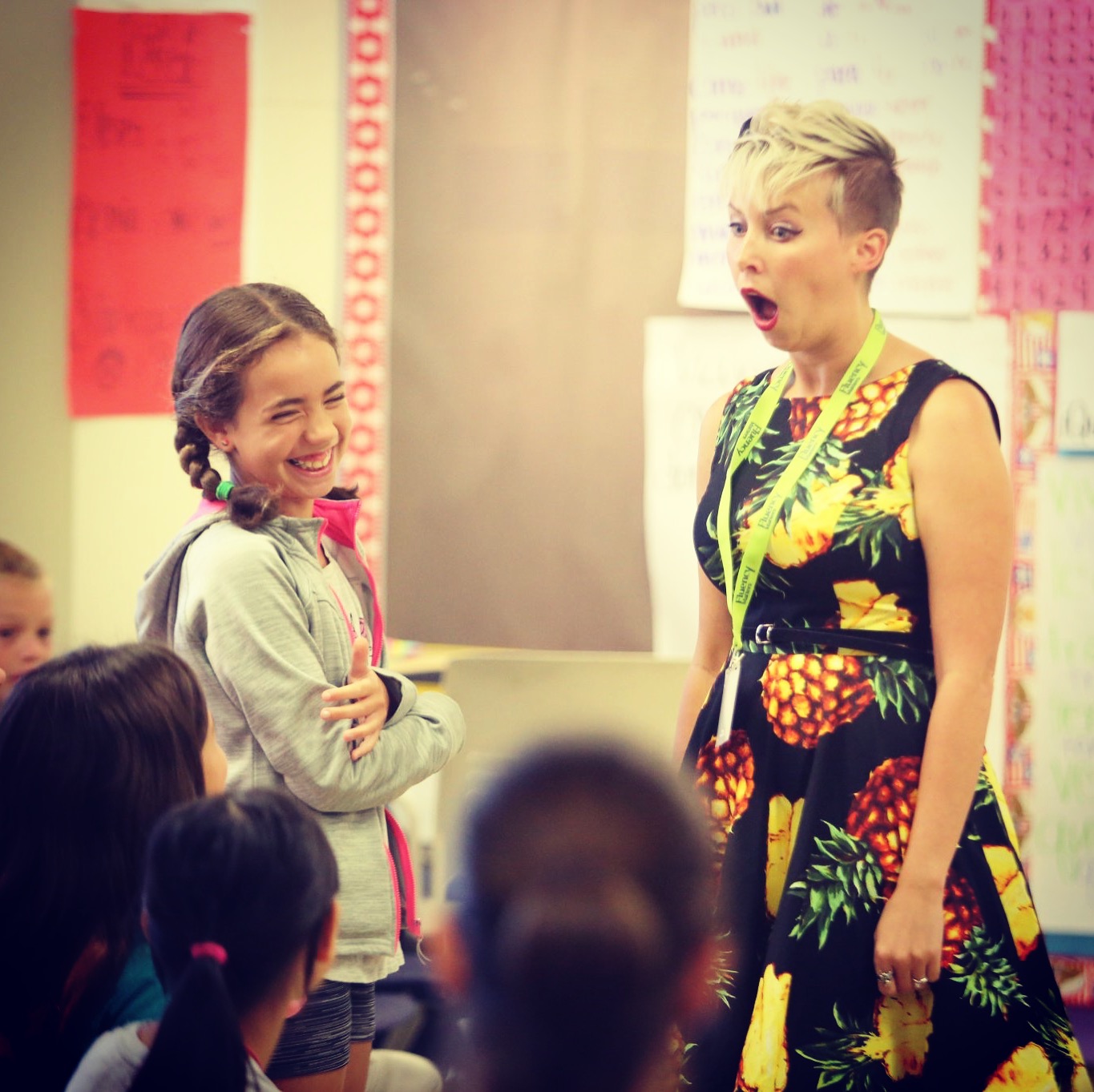
Remembering the PQA from the day before: Teachers remarked on how much it brought kids in when I constantly recalled the interesting stuff I had learned about the kids from the day before and integrated it in with whatever we were talking about in the moment. This personalization is hugely engaging because students WANT to talk about themselves, and it automatically builds that community!!!
Choice of WHO to talk about: Building off of the previous, I loved that people noticed WHO I chose to talk about in my “recap” of the previous day… I spoke about the crazier class clown because he was hysterical and obviously engaging. Then, I spoke about the three students who were most shy and quiet. I wanted to make sure to be intentional about sharing their answers to PQA (some of it was on a survey or drawn) because I could feel they were too uncomfortable to raise their hand and share that in front of the class. When I was able to put up their pictures and we read chorally, about where “they wanted to go” , I was their voice. They didn’t have to speak, but that way they are still very much a part of our community and their personalities are coming out for everyone to hear.

High fives: Paul, my adoring and supportive fiance, frequently remarks that I have the most unusual hands ever. So soft on one side and so hard on the other. I give out (on average) 100-200 high-fives per day. DAILY in the lab, teachers remarked on how joyful students looked when receiving these high fives and praise for their risk taking and speaking in Spanish.
Applause: When I am not high-fiving I am encouraging WHOLE class applause for a specific student and their awesomeness! This is like the whole class high-fiving that student at once!!!
Sitting WITH them: When you sit WITH your students they feel that you are PART of the community you are working so hard to build. I always had an extra chair in our semi circle so at any point I could sit down and be WITH them, seeing what they see.
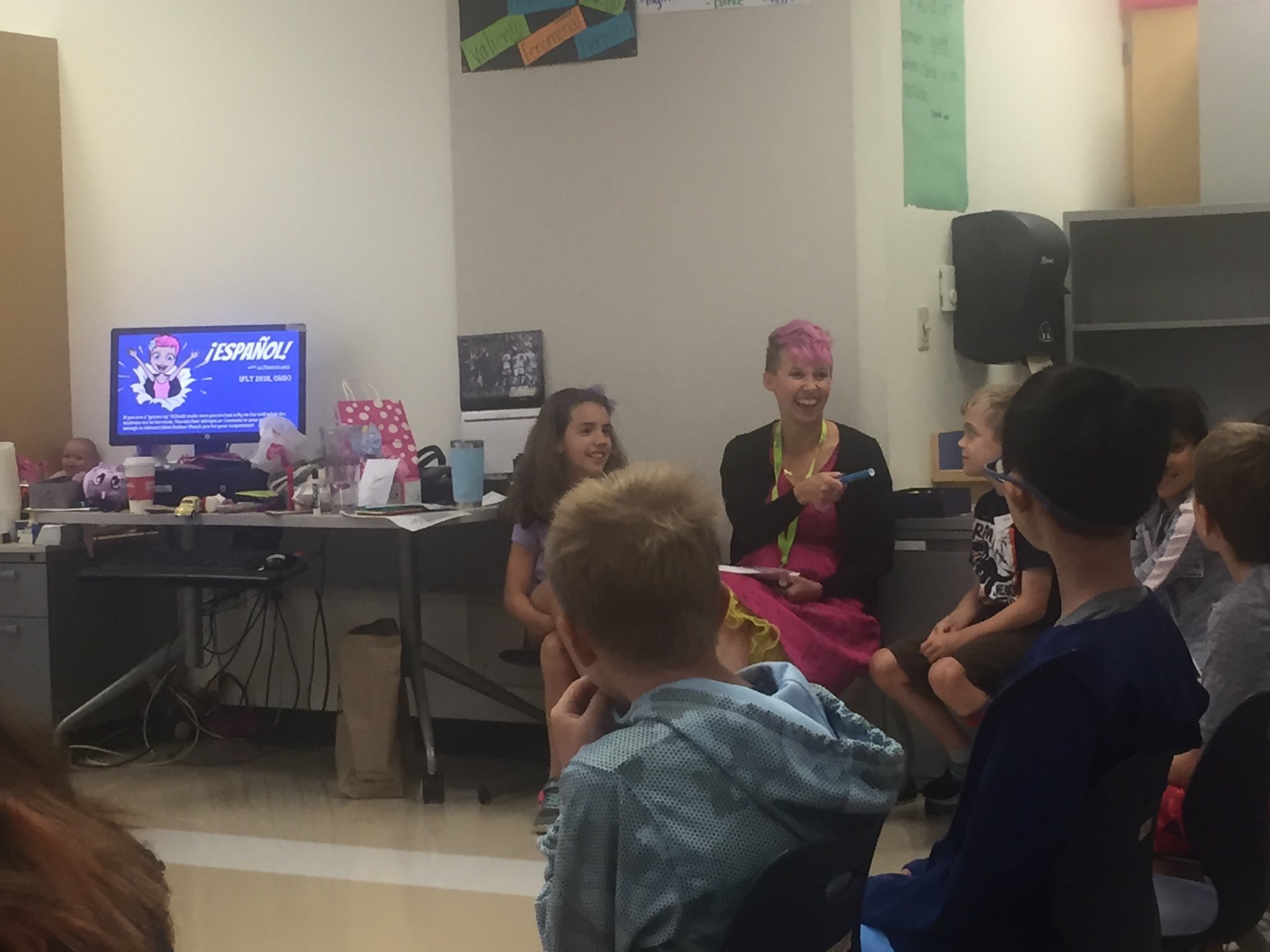
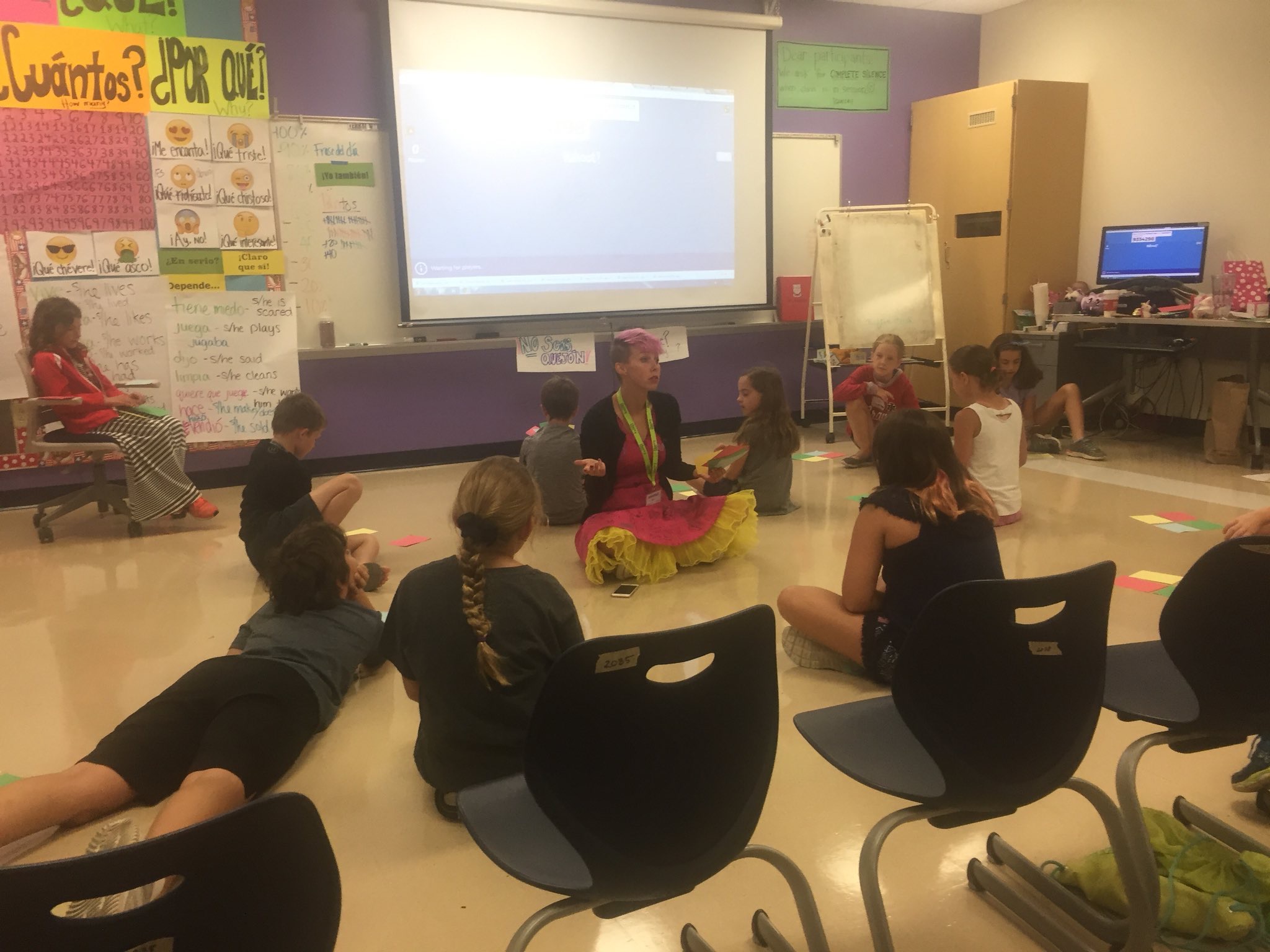
Pausing to look at them in the eye: EYE contact is a skill we have to TEACH our students. We have to teach them to become comfortable with sustained eye contact while they communicate. I pause throughout my lessons to make eye contact with my kiddos. Susan Gross called this teaching to the eyes. It also serves as another comprehension check for me, but really, it is about making them feel seen, loved, and appreciated in our classroom space.
Reminding language: People noticed that instead of pulling my hair out and banging my head against the wall with all of the side conversations going on or the goofiness when they started to get squirmy, I would either do a Brain Break or simply REMIND students WHAT we should be doing by walking calmly over to my rules poster and touching the rule that I wanted them to “remember” or focus on. More often then not, this worked, but they also needed a Brain Break!
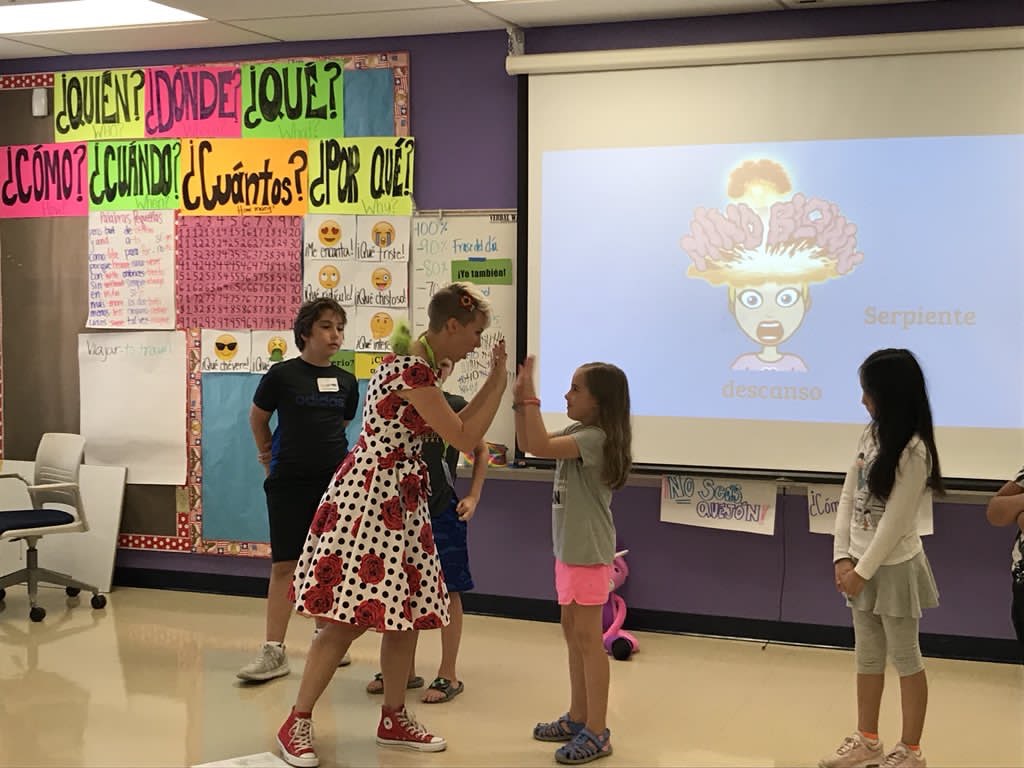
Praise: I praised… for everything ALL the time… I was relentlessly positive….
Patience (especially with the English): A few teachers remarked that they would have probably lost their cool with one or two of the students and their constant blurting in English. One of the most important things to remember with this is that these kids are NEW to me. My focus was building rapport with them and making sure they felt safe. L1 is HOW those kiddos were making themselves feel safe. They were still on target talking about WHAT we were talking about. They were just excitedly blurting in English. As the week went on I was able to encourage more Spanish, but again, I had to wait to build that rapport. By the last day, the student who struggled with it the most, had almost completely stopped with the blurting in English and had reverted to blurting in SPANISH with the rejoinders that I had written on emoji papers! YAY for patience!
Brain Breaks with EVERYONE: My brain breaks were FREQUENT…. every 3-4 minutes at some points… They were fast though (lasting between 1 and 30 seconds at MOST). One of the things that teachers observed was that students were NATURALLY forced to work with EVERYONE in the classroom during these brain breaks. And since they were so quick, they never worried about “trying” to just play with a friend instead of the person right in front of them. This is a HUGE piece of building classroom community.
Touch: I frequently touch student’s heads or shoulders when I am listening to them, talking to them, standing near them, or talking ABOUT them. This connection is an important part FOR ME in making students feel loved and cared about. I will say though, that teachers also noticed when I learned one student was uncomfortable with touch. Even high-fives. I learned that from observing her body language and eyes. This is so valuable because from then on I found different ways to praise her and feed her with that sense of belonging and being loved but not through physical touch.
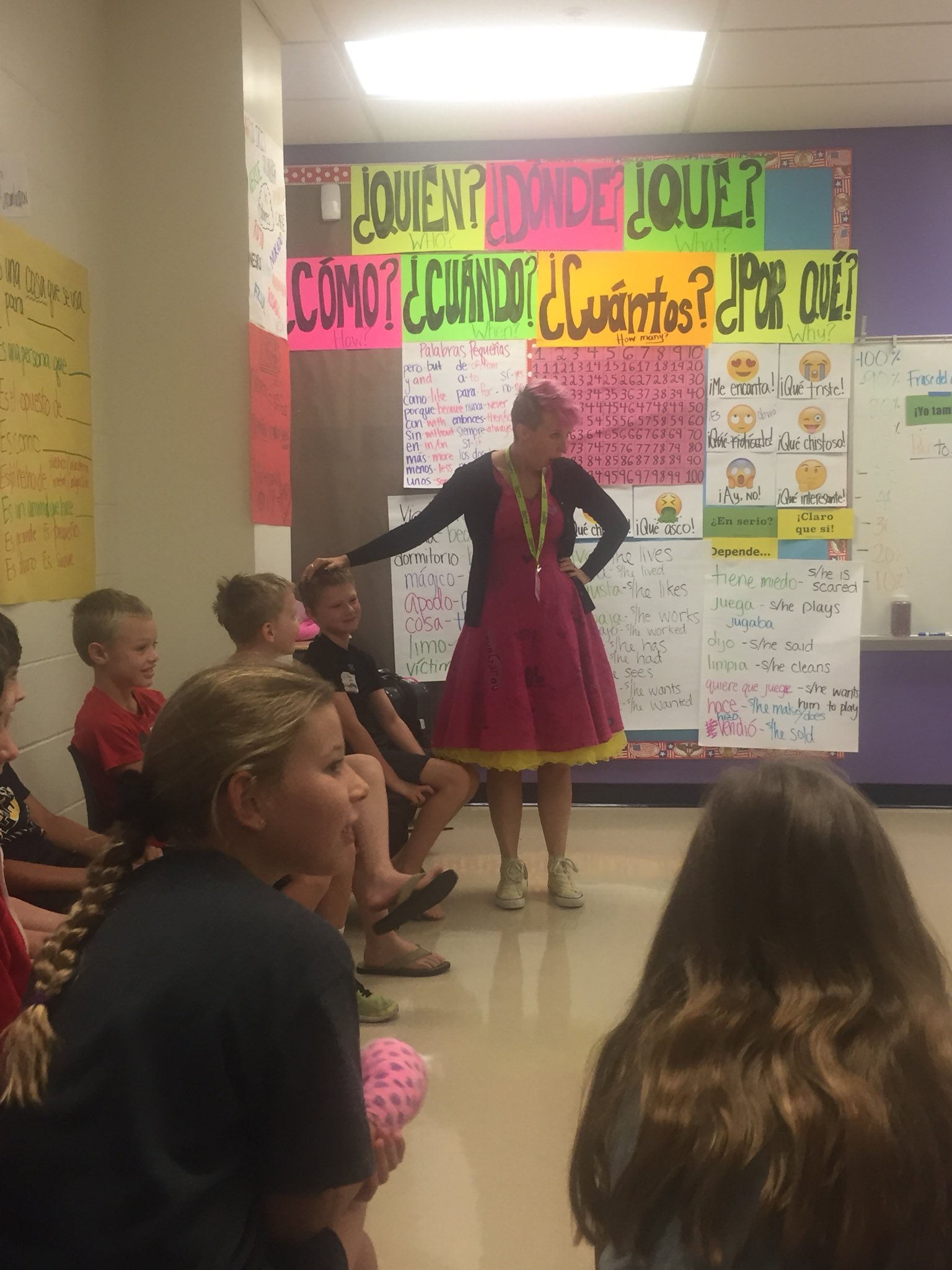
Movement “Seating chartless”: One of the things I did MOST frequently in this learning lab was MOVING the students all around the classroom. Since most of these students KNEW each other, I had to work to keep them from sitting next to their besties and having side conversations (regardless of whether or not those side conversations were about what we were doing in class). The easiest way to handle this was to CONSTANTLY move them. They were always sitting by different students and yet they never felt like I was moving them because of talking or separating them from their friends.
Photos during Bad Unicorn: One of my favorite moments during the debrief is when a teacher teared up, recalling the class’ observation to my Bad Unicorn slide. On the last day I introduced bad unicorn and told the kids that the reason my hair had turned pink over night was because a bad unicorn had peed on my head at night. I then introduced the characters and roles to them. I had put all of the photos of the kiddos in the “innocents” section. Two little girls and one boy had their hands up waiting to say something! I finally called on one of them and she said “Maestra, Mina isn’t up there!” The teacher then remarked how “beautiful” it was that I stopped EVERYTHING in that moment, set all the kids to a self led Serpent Brain Break, took a picture of Mina (who was absent the day we took the photos) and added it to the slide. it was too important to Mina, to her classmates, and to ME, for her photo not to be up there.
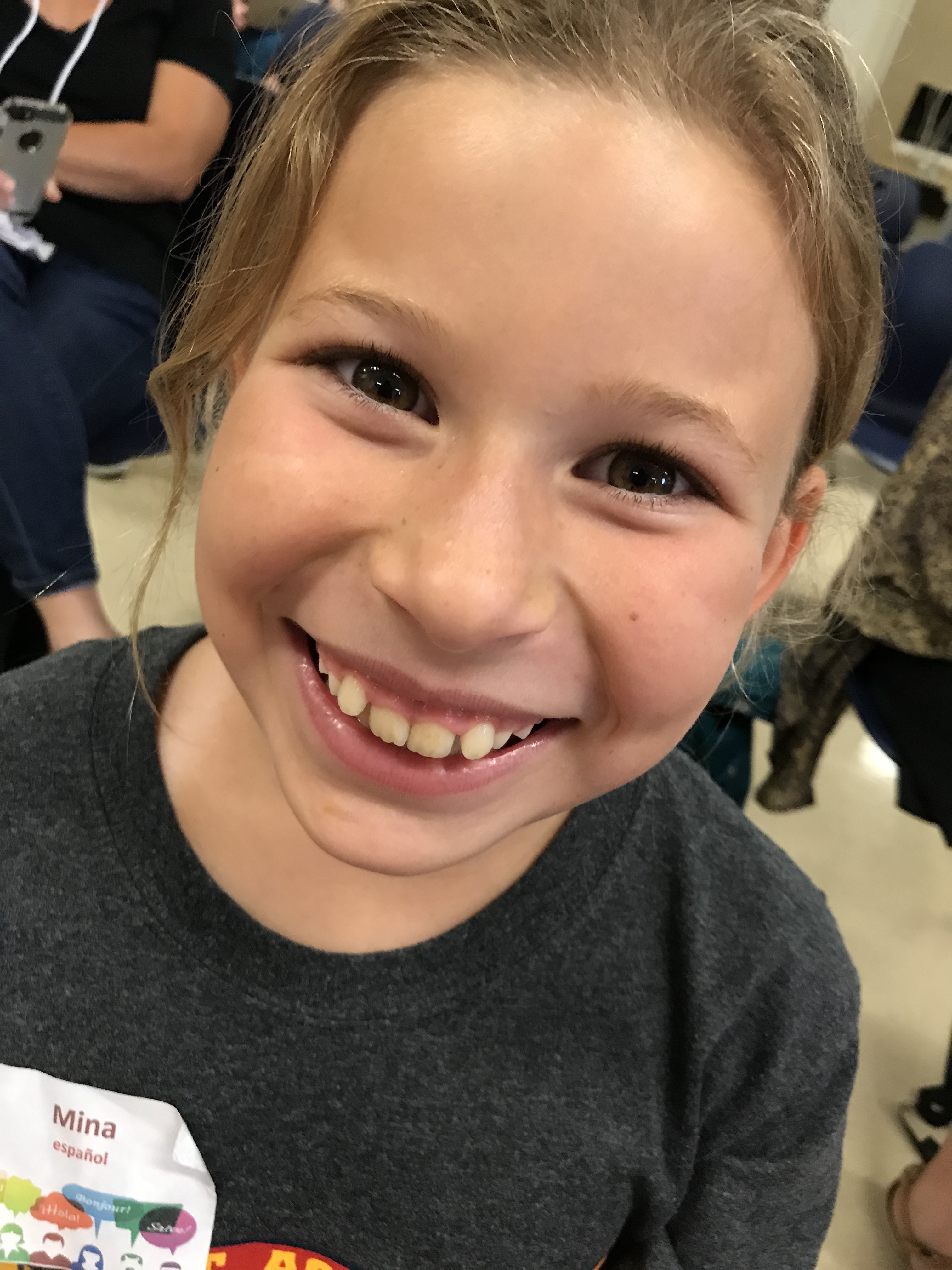
Video at the end: At the end of the class, and our time together, I showed this video of our week together. I made it with splice. It was a perfect way to close out the week and I was able to tell the kiddos how much my time with them meant to me.
To close, I would like to say, that as you start your first few weeks of school, (I start school TOMORROW), please remember that first and foremost, you should focus on building a community with your kids. Build rapport, and make them feel safe, loved and appreciated while in your care. Once you have this, you can focus on keeping it comprehensible! Thanks for a GREAT iFLT! I can’t wait for Florida next year!
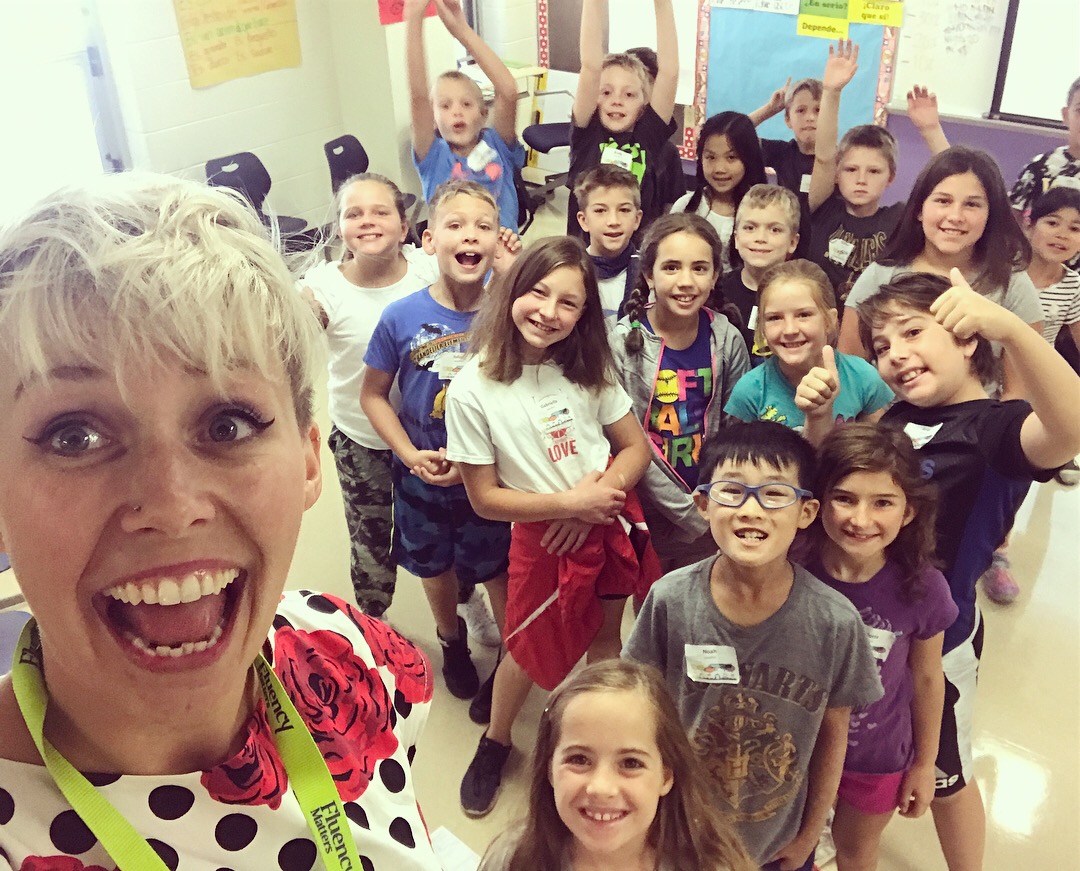
Until next time,
HAPPY TEACHING and HAPPY REFLECTING!
Love,
La Maestra Loca
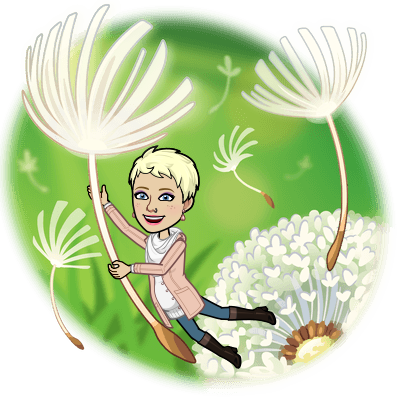

Your insights are so inspiring and motivational! Thanks for sharing!
<3 you're so welcome! Thank you for reading!
I just love you so much, I am incorporating more brain breaks this year, thank you so much for all of your amazing energy and love â¤ï¸!!!!!!
YAYYY! This makes me so happy! Good for you! You’re so welcome! Thank you for all that you do for your students!
I’m so glad to hear you say that you tell your students you love them. I do that, also! I think it is so important, especially if there has been a negative incident in class. I will stop myself from my rant and say, “but I love you anyway, no matter what you do, so we’re going to get through this, right?” I really feel this has made a huge difference in my classes. Thanks!
They need this! YES!
I also think they need to hear “I am SO proud of you”…. Paul Kirschling is very intentional about this language and early on too… How very powerful… I am glad positivity, praise and LOVE has made a difference for you (and your kids)!!!